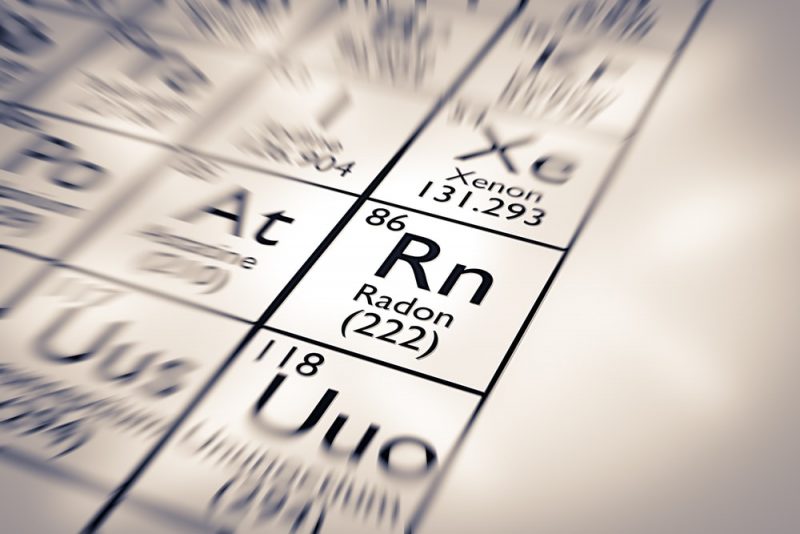The Noble gases They are a set of chemical elements that share a certain range of characteristics: they are monatomic, odorless and colorless under normal conditions, they have very low boiling points and they can only be liquefied under high pressure. For example: neon, xenon, radon.
Noble gases, above all, have a very low chemical reactivity, that is, little combinability with other elements of the periodic table. For that reason they have also received the name of inert gases or rare gases, although both names are discouraged today.
That means that there are few substances derived from these gases, but not few. industrial uses and practices:
For example, helium replaces hydrogen in balloons and airships, since it is a much less flammable gas; and liquid helium and neon are used in cryogenic processes. Argon is also used as a filler for incandescent bulbs, taking advantage of its low flammability and in other lighting mechanisms.
Examples of noble gases
The noble gases are only seven, so there can be no more than these specific examples:
- Helium (He). It is the second most abundant element in the universe, as the nuclear reactions of stars produce it from the fusion of hydrogen. It is well known for its properties of altering the human voice when inhaled, since sound travels much faster through helium than through air. It is much lighter than air, so it always tends to rise and is often used as a filling for decorative balloons.

- Argon (Ar). This element is widely used in the industry to manufacture highly reactive materials, and operates as an insulator or inhibitor. Like neon and helium, it is used to obtain certain types of lasers and in the semiconductor industry.
- Krypton (Kr). Despite being an inert gas, it is known to react with fluorine (because it is very electronegative) and in the formation of clathrates (compounds formed by a network that contains trapped molecules of other compounds) with water and other substances, since it has a certain value of electronegativity. It is one of the elements that are produced during the fission of uranium. It has several stable and radioactive isotopes.
- Neon (Ne). It is also very abundant in the known universe, it is the element that gives the reddish tone in the light of fluorescent lamps. It was used in neon tube lighting and that is why it gave it its name (despite the fact that different gases are used for other colors). It is also part of the gases present in television tubes.

- Xenon (Xe). A very heavy gas, present only in traces on the earth’s surface, was the first noble gas to be synthesized. It is used in the manufacture of lamps and light fixtures (such as in movies or car headlights), as well as in certain lasers and as a general anesthetic, like krypton.
- Radon (Rn). Product of the disintegration of elements such as radium or actinium (in that case it is known as actinon), it is a radioactive inert gas whose most stable version has a half-life of 3.8 days before becoming polonium-218 (218Po). It is a dangerous element and its use is limited as it is highly carcinogenic.

- Oganeson (Og). Also known as eka-radon, ununoctium (Uuo), or element 118: temporary names for a transactinid element recently named Oganeson. This element is highly radioactive, so its recent study has been forced to theoretical speculation, from which it is doubted that it is a noble gas, despite being in group 18 of the periodic table. It was discovered in 2002.
